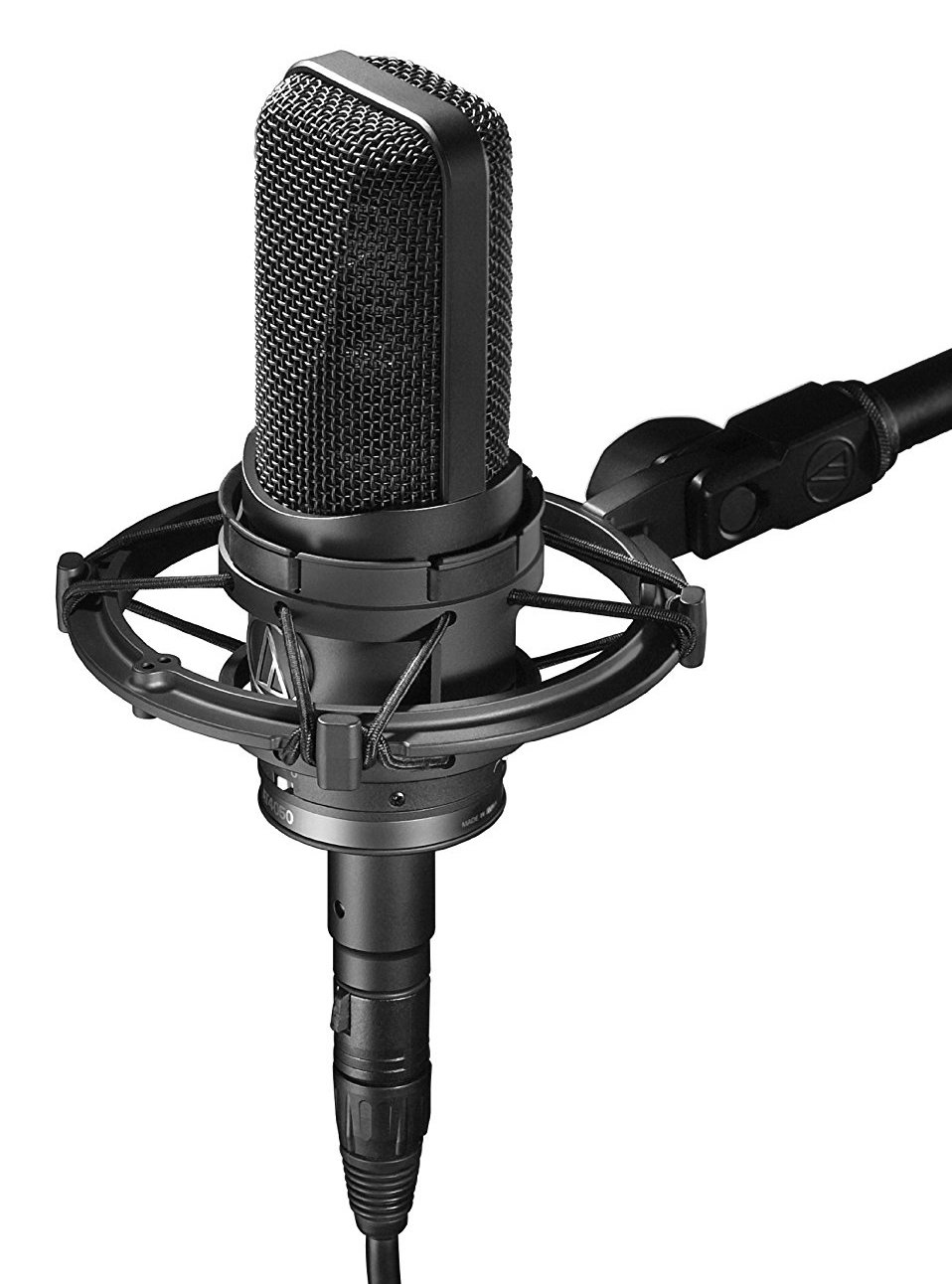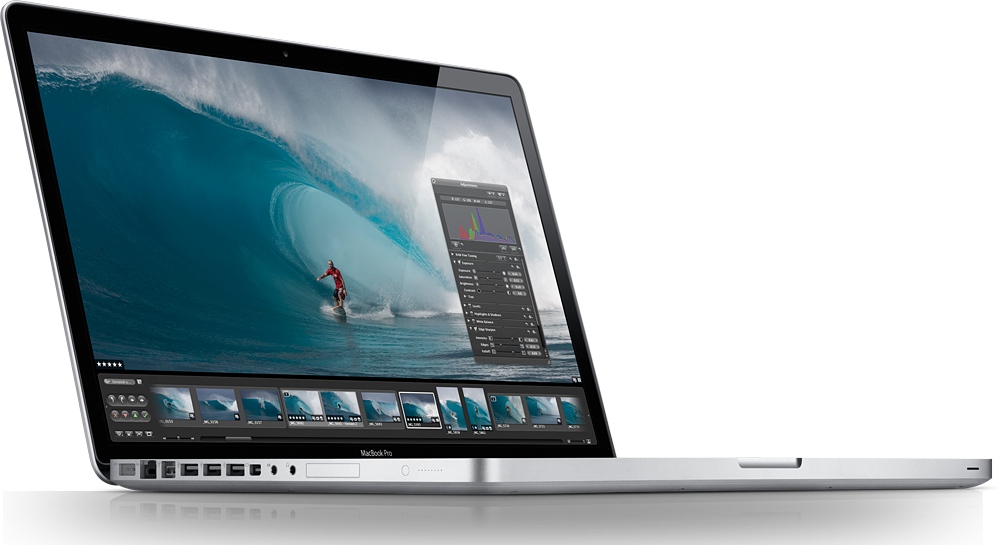



No need to look for third-party tools – you can use a built-in app called QuickTime Player.
#STUDIO MICROPHONE FOR MAC BOOK AIR HOW TO#
How to test the microphone on Mac?īefore we get to the solutions, let's check whether your mic's actually working. Just click Quit Now in the pop-up that appears and then reopen the app. In case the app’s open, you’ll need to quit it to enable microphone access. In the Privacy tab, choose Microphone from the list on the left.Ĭheck the box next to an app to allow it to use your microphone. From here, you need to navigate to Security & Privacy. To enable the microphone on Mac, go to System Preferences. But, to use your mic for audio and video calls, you need to grant an app permission to access the microphone – in other words, turn on your mic. Some applications, like Zoom or Skype, can use your microphone to ensure two-way communication. Other things, such as system junk and cache settings can prevent a Mac microphone from working as it should. Music player and video apps can do this, causing a MacBook microphone to stop working. It is usually temporary and easily fixed.įor example, have you recently downloaded another app that uses the internal mic? Third-party apps can hijack the settings and stop the mic from working with other apps, including those native to macOS and iOS, such as FaceTime. Or it was configured, then something has caused it stopped working again. One of the simplest explanations is that it hasn’t been configured properly. There could be a number of reasons this has stopped working. In this article, we look at why a MacBook microphone might not be working, and how to fix it. We need the in-built microphone working for those calls we need to make. One way or another, most of us rely on our ability to speak to our Macs and use it for calls. But to help you do it all by yourself, we’ve gathered our best ideas and solutions below.įeatures described in this article refer to the MacPaw site version of CleanMyMac X.
#STUDIO MICROPHONE FOR MAC BOOK AIR DOWNLOAD#
In this case, use the device’s own volume control.So here's a tip for you: Download CleanMyMac to quickly solve some of the issues mentioned in this article. If the Recording Level slider is dimmed, you can’t change the input volume in GarageBand. To change the input format, click the Format button to the left of the Input menu.ĭrag the Recording Level slider to change the input volume level for the sound source. Choose a mono input for monophonic instruments (with a single channel), and choose a stereo input for stereo instruments (with a pair of channels). Make sure the input format matches the microphone or instrument. If the audio interface channels don’t appear in the menu, choose GarageBand > Preferences, click Audio/MIDI, then choose the audio interface from the Audio Input pop-up menu. If you’re using a microphone connected to an audio interface, choose the channel number for the microphone. If you’re using a microphone connected to a USB port, choose the microphone. If Built-in Input doesn’t appear in the menu, choose GarageBand > Preferences, click Audio/MIDI, and choose Built-in Input from the Audio Input pop-up menu. If you’re using a microphone connected to your computer’s audio input port, choose Built-in Input. If you’re using your computer’s built-in microphone, choose Built-in Microphone. In the Recording Settings area, choose one of the following from the Input pop-up menu: In GarageBand on Mac, select the audio track.Ĭlick the Smart Controls button to open the Smart Controls pane.


 0 kommentar(er)
0 kommentar(er)
